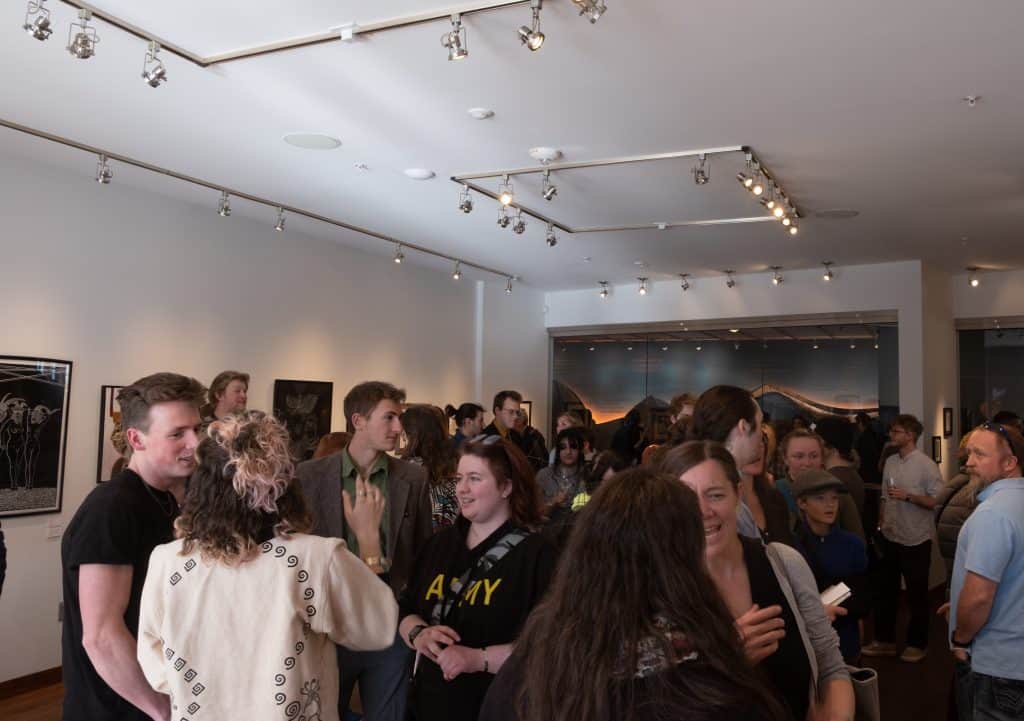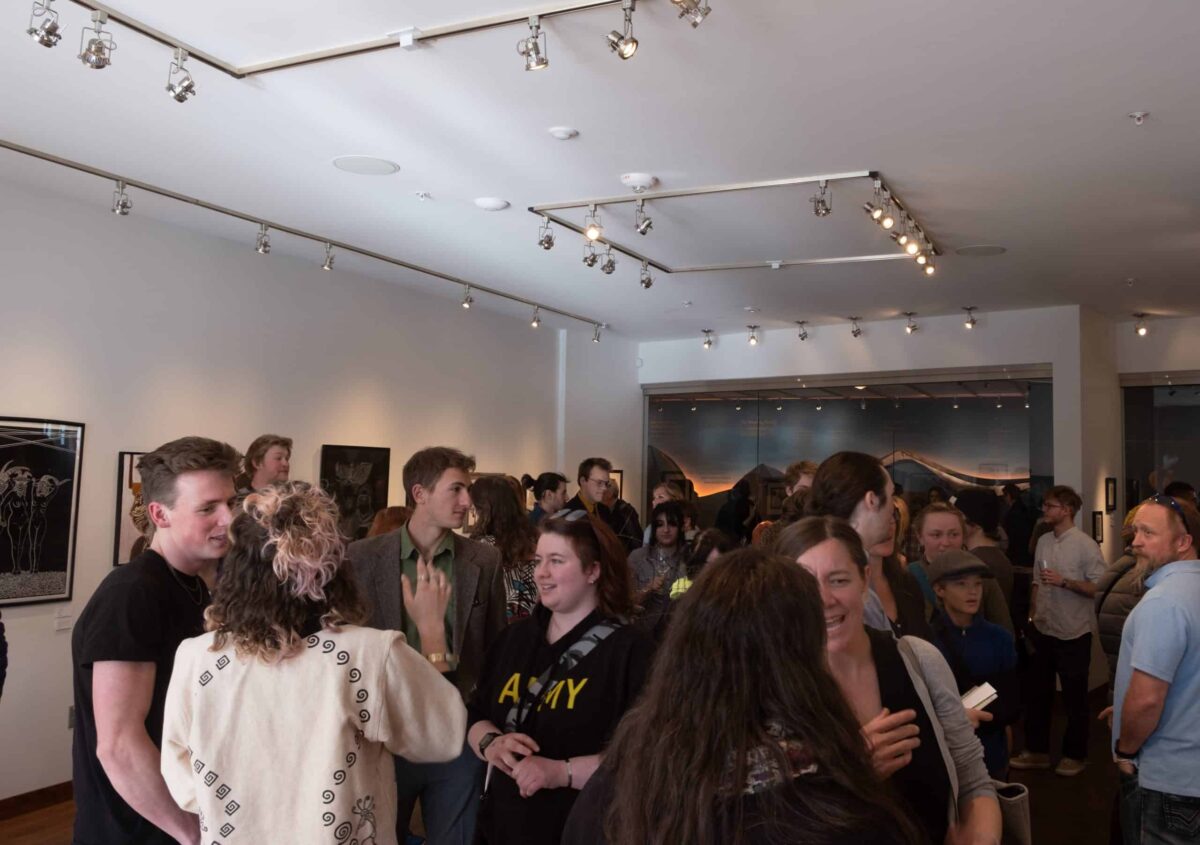
Providing for the exploration of the arts is a fundamental aspect of the collegiate experience, particularly for those higher education institutions which strive to offer a broad, liberal arts education, like Western.
Our university should be proud to offer official fields of study in Art, Music, Communications, Theater, and more—despite recent concerns about sustaining funding, but we should also look beyond the classroom—where student-run arts organizations are limited in their capacities by insufficient budgets.
The clubs under the umbrella of the Council for Creative Expression (CCE), an organizational body under the Student Government Association (SGA) tasked with administering club funding and providing guidance for student art endeavors, include: KWSB student radio on 91.1, Western Theater Company (WTC), Pathfinder magazine, Wordhorde, Art League, Mountaineer Media, the vocal and instrumental groups of the Music Department, and of course, Top o’ the World.
These creative organizations, all run by students with the assistance of a faculty mentor, are asked to split an annual allocation from SGA of $118,000 between the nine entities. For historical reference, Top’s operating budget in the mid 1970s was a little more than $20,000. Now, it’s under $17,000.
And don’t get me wrong, these clubs do their darndest to stretch the funds available, but there is a limit to how far creativity can take you, and to the reserves built up by CCE during the dormant pandemic years—when few events occurred on campus.
If we want to offer students, and the greater Gunnison community, a thriving theater troupe offering high-quality performances year-round, a bustling student newspaper, a high-quality literary magazine, and a free-flowing, hard-rocking student radio station—we must fund these operations appropriately.
And in many cases, that means compensating students for their work so they can remain financially viable and pour substantive amounts of their precious time into their creative endeavors of choice.
It also means paying faculty advisors in a manner that is commensurate with the time and effort needed to oversee and guide these student organizations and making it a priority within their already hefty workloads.
Thus, more money is needed to fund student and faculty management positions that can provide stability and expertise, ensuring that these clubs can elevate their status and then continue to function at a high-level, not descend into ruin as student organizations seem to do on a semi-regular basis.
For Top o’ the World, paying staff is critical to offering student-led campus and local news coverage and features—writing, editing and photography are not easy pursuits, and require significant time expenditure.
For the many students working on a strict budget, every hour spent on a non-paying job is an hour that isn’t going to make ends meet, and thus another hour later in the evening, or on the weekend, they must work. And a newspaper composed entirely of the students who do not need a paycheck is not an admirable goal.
Money is also needed to fund substantial equipment and operational costs, particularly for clubs like KWSB, WTC, and Mountaineer Media, where radio equipment, annual upkeep, and pricey items like cameras, costumes and props, and more can quickly run into the thousands.
What I am suggesting, then, is an increase in student fees—perhaps not the most popular of ideas, I am aware, but for good measures—supporting the creative clubs under CCE’s umbrella and adding money to the coffers of other student organizations: Multicultural Center (MCC), Program Council, and the clubs falling under the discretion of Interclub Council (ICC).
Currently, the student fees for each undergraduate student, both resident and nonresident, came out to $106.80 per semester during the 2021-22 academic year, a number pegged to tuition and other student costs. SGA fees will automatically rise at the same level as tuition and other fees—two percent, for the 2022-23 school year.
What I would propose is to carefully reconsider the allocations allotted to each overarching entity, and to each individual club, examining the history of recent expenditures and determining where there is need for more money moving forward. Then, I would suggest raising student fees by $20 per semester, a roughly 20 percent total increase from current levels.
With this additional money, watch what student clubs will be able to accomplish—making investments in equipment, events, food (always a student favorite), and perhaps most importantly, student employment, to usher in a new creative age at Western.
These investments, in coordination with prudent financial stewardship and accountability for students, must begin in SGA. If allocated appropriately, they are sure to pay dividends in the opportunities for students to work, create, and share with the Mountaineer and Gunnison communities.
This may take the form of a stunning WTC theatrical performance, written word in a Top o’ the World or Pathfinder magazine that informs and provokes, a stirring Wordhorde poetry reading night, a 48-hour Film Festival to remember, a rousing karaoke night with the Jam Club, or a magnificent Western Arts Showcase up in Crested Butte.
But to fully unlock these possibilities, more funding is needed across the board—and Western should consider additional funding to be a strategic investment—not just to enhance the capabilities of students interested in art, music, writing, and radio, but to elevate our shared campus culture.

